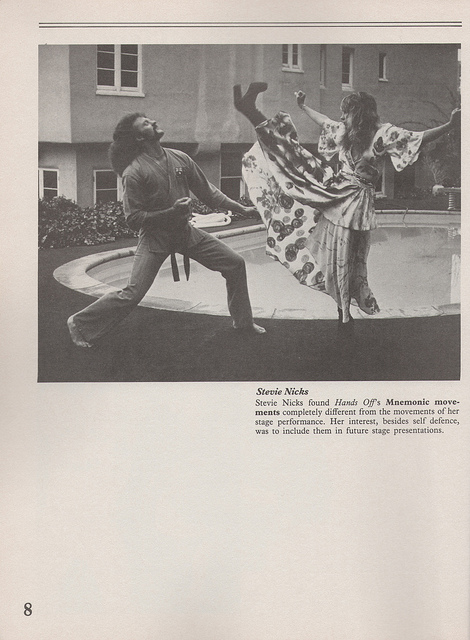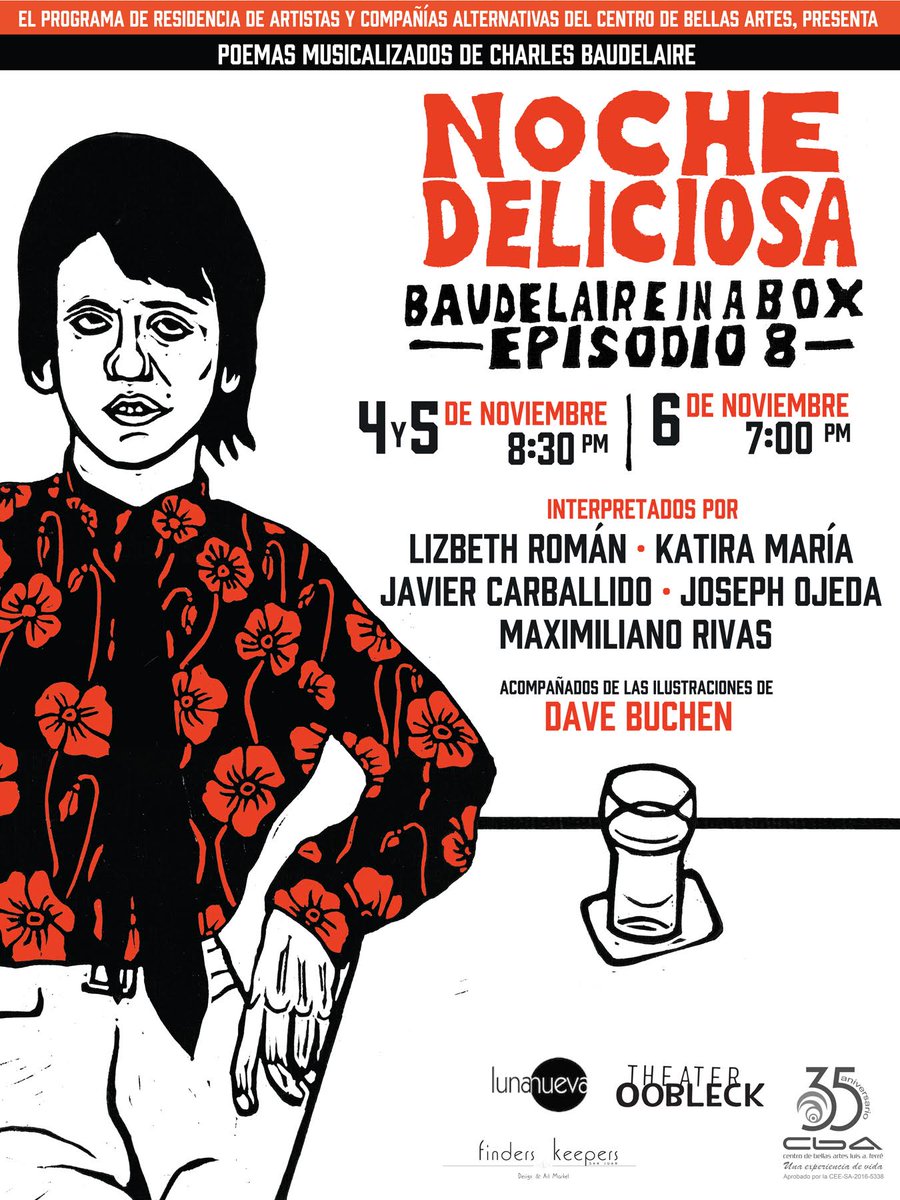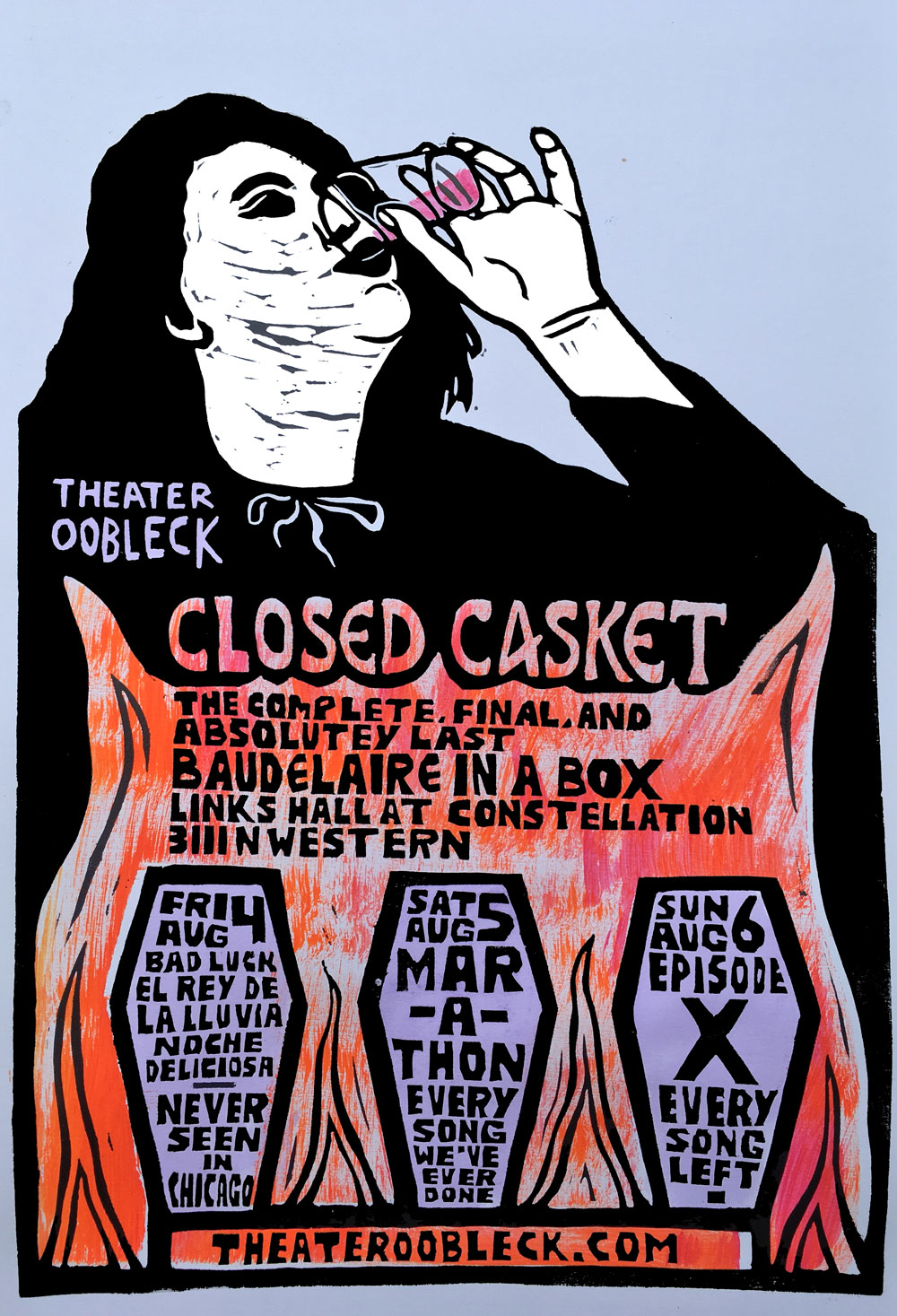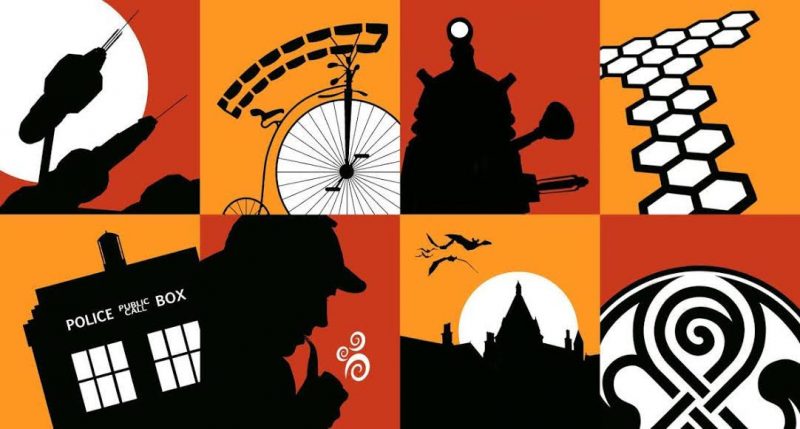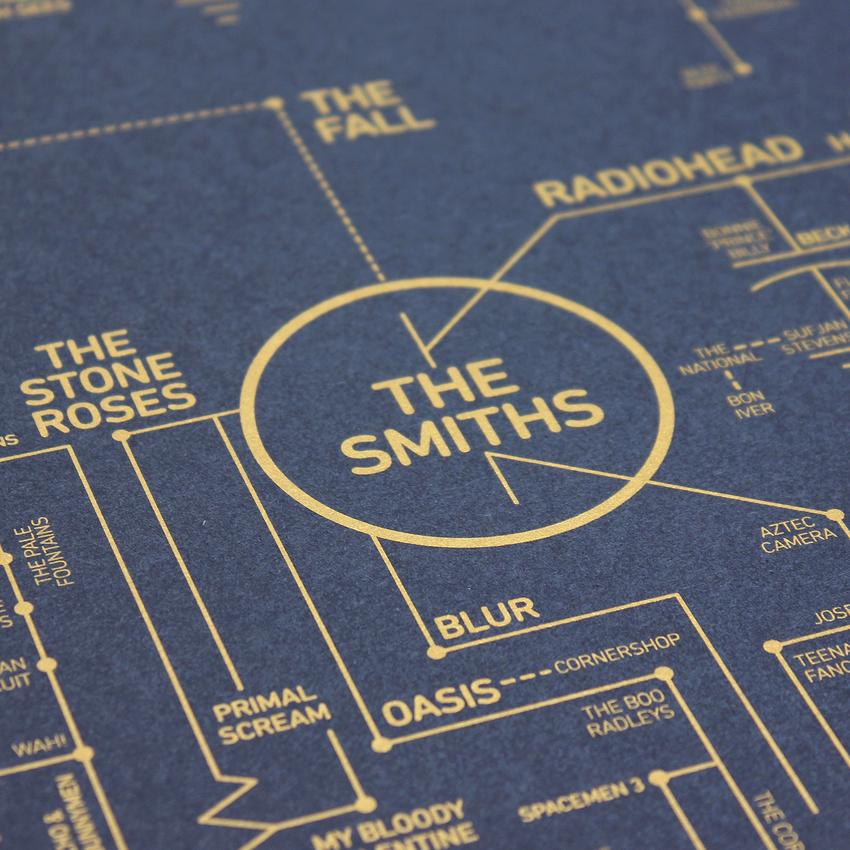“In 1970, Hunter S. Thompson went to the Kentucky Derby, and he changed sports journalism and broadcasting forever.” Or so claims historian Douglas Brinkley, the oft-imitated but never replicated writer’s literary executor, in the short Gonzo @ the Derby. Directed by Michael G. Ratner and first commissioned by ESPN’s 30 for 30, the thirteen-minute documentary tells the story of how, having made his name with a book on the Hell’s Angels, the 33-year-old, Louisville-born Thompson took a gig with the rebellious and short-lived Scanlan’s Monthly to go back to his hometown and report on its famous horse race — and how he almost inadvertently defined a whole new kind of journalism as a result.
As the 1960s turned into the 1970s, the United States looked like a country in serious turmoil: “Everything seemed to be coming unglued in America,” says Brinkley. “Kent State and the Black Panthers and the rebellion that’s going on around the nation, and yet here is this old-fashioned Kentucky Derby festival going on.” The late Warren Hinckle III, who edited Scanlan’s, had one question: “Who went to these damn things?” And so Thompson, described here by former Rolling Stone managing editor John Walsh as “the quintessential outsider who likes to make himself the quintessential insider,” went — with neither press credentials nor reservations — to find out the answer.
Thompson did not, as every fan knows, find out alone. Scanlan’s also flew in, all the way from England, an illustrator by the name of Ralph Steadman. When Thompson and Steadman managed to meet amid the gregarious chaos of Derby-time Louisville, neither man could have known how inextricably the culture would soon associate their work, the former’s feverish, impressionistic yet hypersensitive prose and the latter’s untamed-looking, distinctively monstrous artwork. Both of them found their voices in presenting reality not as it was, but as grimly heightened as it could feel to them, and both, given the era, occasionally did so with the aid of mind-altering substances.
At the Kentucky Derby, however, they stuck to alcohol — as did, if you believe Thompson’s reporting, all the rest of the attendees, and in an at once hellaciously debaucherous and sinisterly genteel way at that. “Unlike most of the others in the press box, we didn’t give a hoot in hell what was happening on the track,” he writes in the final product of he and Steadman’s trip, “The Kentucky Derby Is Decadent and Depraved.” (Find it in the collection, The Great Shark Hunt: Strange Tales from a Strange Time.) “We had come there to watch the real beasts perform.” Yet even as they gazed, backs to the horses, upon the sheer grotesquerie of what Brinkley calls “the white Southern power elite,” they realized that they, too, amid their blustering fakery, half-remembered altercations, and near-constant binging, had become beastly themselves.
After all that, Thompson, back in New York to write up the story, feared that he didn’t have a story at all. In desperation, he told not of what happened at the 1970 Kentucky Derby but of how he and Steadman experienced the 1970 Kentucky Derby, leaving plenty of room for speculation, remembrance, artistic license, and unverifiable madness that eventually devolves into the raw notes he scribbled amid the storm of high-society Southern squalor. Could he have possibly suspected what a potent combination that and Steadman’s illustrations (described as “sketched with eyebrow pencil and lipstick”) would make? Bill Cardoso, then editor of the Boston Globe, understood its power when he first read the article, even coining a word to describe it: “This is it, this is pure Gonzo. If this is a start, keep rolling.”
The short documentary, “Gonzo @ the Derby,” will be added to our list of Free Online Documentaries, a subset of our collection, 4,000+ Free Movies Online: Great Classics, Indies, Noir, Westerns, Documentaries & More.
Related Content:
Hunter S. Thompson Gets Confronted by The Hell’s Angels: Where’s Our Two Kegs of Beer? (1967)
Playing Golf on LSD With Hunter S. Thompson: Esquire Editor Remembers the Oddest Game of Golf
Hunter S. Thompson’s Harrowing, Chemical-Filled Daily Routine
Hunter S. Thompson, Existentialist Life Coach, Gives Tips for Finding Meaning in Life
Read 10 Free Articles by Hunter S. Thompson That Span His Gonzo Journalist Career (1965–2005)
Based in Seoul, Colin Marshall writes and broadcasts on cities and culture. He’s at work on a book about Los Angeles, A Los Angeles Primer, the video series The City in Cinema, the crowdfunded journalism project Where Is the City of the Future?, and the Los Angeles Review of Books’ Korea Blog. Follow him on Twitter at @colinmarshall or on Facebook.




